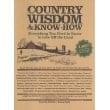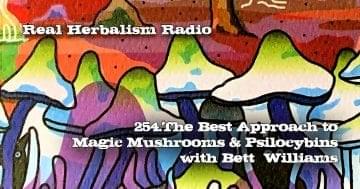Herbal Nerd Society Exclusive Article Licorice Root, the catch-all name for several of the Glycyrrhiza species, has been used by traditional healers for centuries. Traditional Chinese Herbalists, Ayurvedic practitioners, and Traditional Western Herbalists today all agree that the overall properties for this family are mildly cooling and moistening with the danger of driving the body into a too-moist state if not used appropriately.
Read this article and all of our other Herbal Nerd Society Content.
Become a Member Today. Join Us Here. | Already a Member just log in here.







